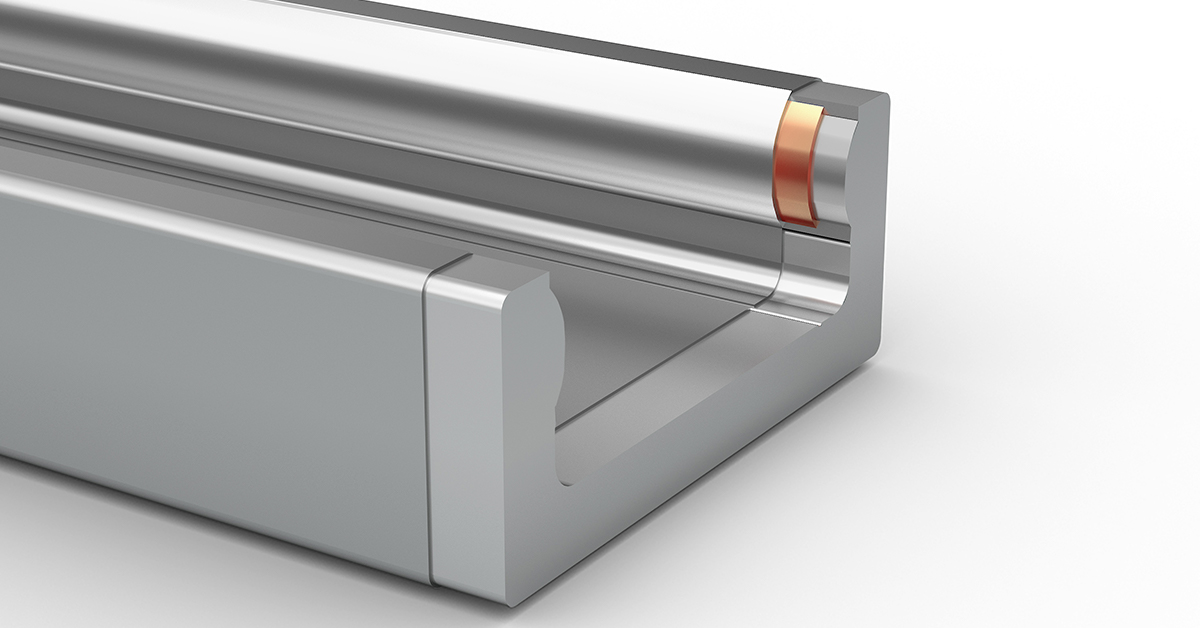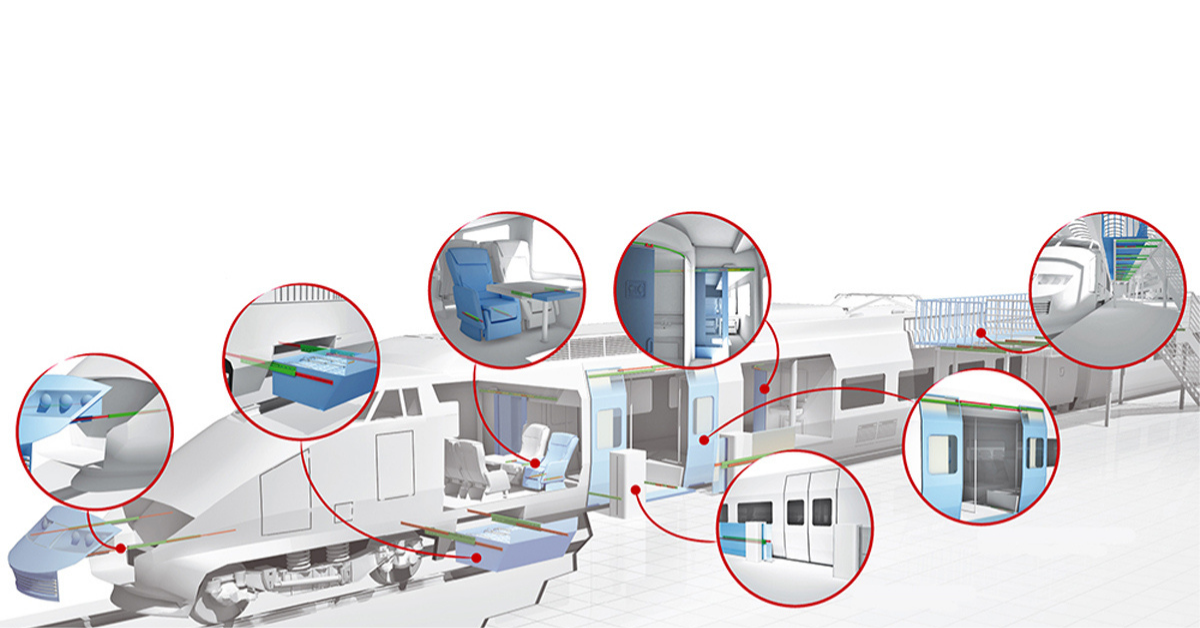In some industries and applications, the stresses to which a linear motion solution is subjected are enormous. Vibrations, friction, loads to be supported without deforming, are just some of the variables involved that can shorten - even significantly - the life of a linear guide.
In the railway industry, these stresses occur daily and have a strong impact on tracks and bearings. This makes it necessary to adopt some production measures in order to ensure:
- Increased wear resistance
- Increased resistance to deformation
- Increased number of cycles
In the railway sector, in particular, linear guides are applied in the handling of external and internal doors, as well as in the handling of boxes where batteries are located. Parts that, in addition to bearing heavy weights, are subjected to continuous vibration and stress from the moving train.
Criteria to consider when choosing a linear guide
The choice must be led by manufacturing criteria that can guarantee the solution a long life and high reliability.
First, the hardening treatment. Induction hardening is the hardening process that gives the best strength and durability qualities to linear guides, able to act deep into the material and give it strength at the points of greatest stress.
Other essential criteria to consider are the purity of the steel material, i.e., its carbon content, as well as additional surface treatments that give the track a smoother surface and promote greater and more efficient sliding.
Without these key features, the rail will not be able to support heavy loads throughout its life cycle, and the application will wear out and eventually break down, causing downtime and generating additional expenses for replacement.

The advantages of hardening
The advantages of induction hardening are particularly evident in the railroad family of applications.
The advantages of induction hardening are particularly evident in the railroad family of applications.
Induction hardening is a special indirect hardening system that consists of subjecting the material to the flow of electric current in order to overheat it.
The material is then cooled down rapidly. This type of process improves the hardness characteristics of the steel, creating a zone of high hardness for a depth that can vary from 1.2 to 5 mm.
It is essential that the hardening is deep in order to involve the part below the surface of the metal, which is the one most exposed to stress at certain points (the so-called Hertzian contact points).
Alternative processes to induction hardening (such as nitriding) are not able to harden the innermost layers of the metal, stopping just 0.2- 0.3 mm from the surface. The risk in implementing simply nitrided guides in heavy load applications is to generate stress cracks on the surface of the rail track at the points of greatest contact between the rail track and the bearings.
Another advantage gained from hardening is that it offers the possibility of additional surface finishing and grinding treatments that increase smoothness and make the track surface even smoother. A track subjected to nitriding, in fact, cannot make use of grinding treatments that would completely remove the nitrided layer.
Sectors where the smoothness and quietness of a guide - drivers that a proper surface grinding treatment is able to increase - are fundamental, should direct their choice towards hardened guides.
Download the white paper "Solutions for hardening linear guides"


